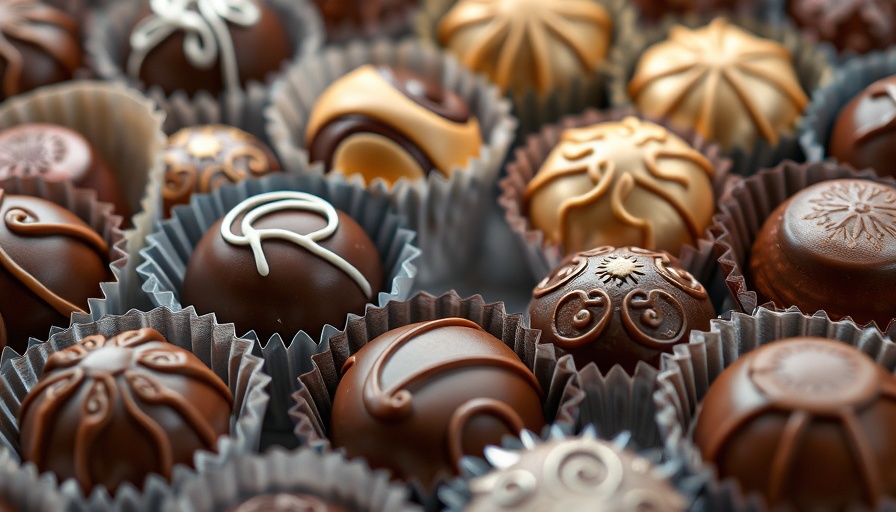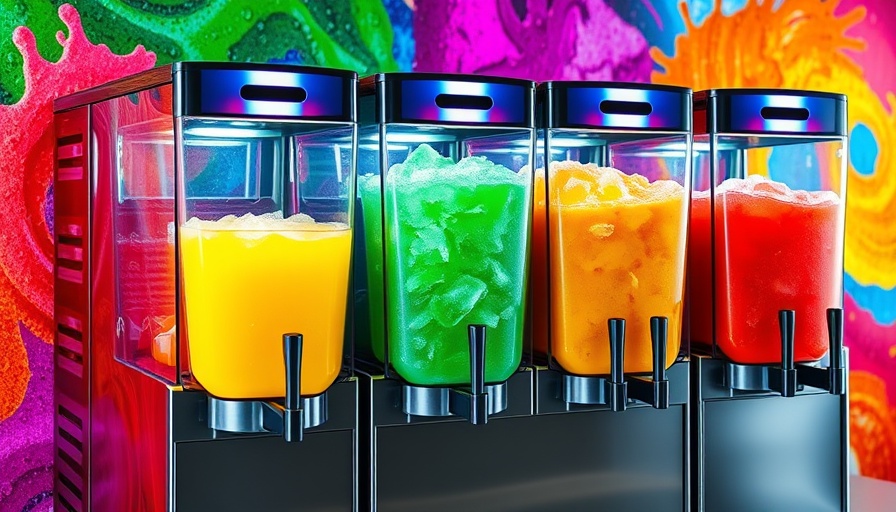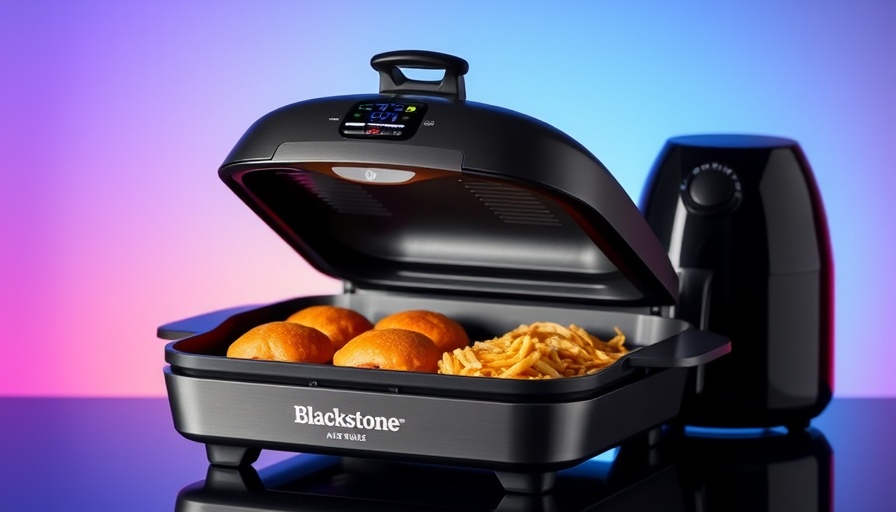
Understanding Chocolate's Lifecycle: Does It Really Go Bad?
Chocolate lovers often ponder whether this delightful treat goes bad, especially after receiving a box filled with gourmet selections or indulging in a luxury bar. The truth is quite nuanced. While chocolate is generally shelf-stable, its quality can diminish if not stored correctly. According to Estelle Tracy, a chocolate sommelier, bonbons are particularly sensitive; their flavor can fade over time, much like a fresh cake. This sentiment is echoed in the culinary world, where chocolate is celebrated not just as a snack but as a crafted experience requiring respect and knowledge for optimal enjoyment.
Tips for Storing Chocolate: Maintaining the Essence of Flavor
To protect your precious purchase, begin by understanding the type of chocolate you have. Dark chocolate is sturdier, boasting a shelf life of up to two years when stored in a cool, dry location. On the other hand, milk and white chocolates are more delicate, only promising freshness for about six months and four months respectively if stored correctly away from moisture and heat.
Storing chocolate at the right temperatures is critical; ideally, it should be kept between 60-68°F with a humidity level around 55%. Excessive humidity can lead to issues like bloom – where the chocolate develops a whitish coating due to fat or sugar separation, impacting both texture and flavor. Most chocolate proponents advise against refrigerating chocolate unless absolutely necessary, as temperature fluctuations can cause the cocoa butter to separate, negatively affecting the texture.
The Role of Original Packaging: Why It Matters
Once you’ve opened your chocolate, proper wrapping is vital. Keeping it in its original packaging can preserve its freshness and shield it from unwanted odors or oxidation. If you need to store it longer, consider transferring it into an airtight container, which is your best bet against moisture and pests that might spoil your indulgence. Labeling your container can also help keep track of when it was opened, ensuring you consume it at its pinnacle of freshness.
Future Protection: Freezing Chocolate
For those who want to stockpile their favorite treats, freezing can be an option. First, allow the chocolate to acclimate to room temperature before placing it in the freezer. This prevents condensation and potential spoilage. When you’re ready to enjoy your frozen chocolate, let it warm again to room temperature before unsealing to maintain the best flavor and texture.
Conclusion: Elevating the Chocolate Experience
Whether you’re gifting or treating yourself, understanding the intricate world of chocolate storage ensures you savor its flavors to the fullest. Knowledge empowers chocolate connoisseurs to value premium products effectively while maximizing their lifespan. By employing these techniques, you can enjoy chocolate much longer, turning every indulgence into a delightful taste experience.
 Add Row
Add Row  Add
Add 




Write A Comment